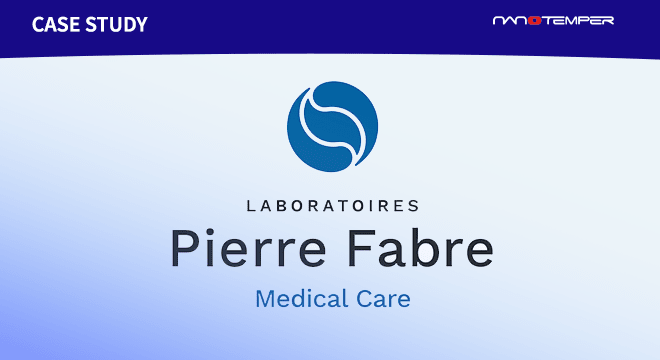
Developing good scientific research is a long process. You start with a hypothesis, conduct experiments to support it, and draw conclusions from there. But the process is iterative—every question answered spawns a whole new set of questions. As researchers work to approach sound, supported conclusions, it is important to be able to compare how your ideas have evolved.
PR.Stability Analysis software offers a great new feature—Percent Similarity— that is used to analyze how your formulations and preparations compare to earlier experiments. It enables you to get quantifiable data that compares an experimental run to a reference. Whether you’re creating new buffer formulations, developing biosimilars, or comparing mutants of a protein of interest, Percent Similarity is a fast and easy way to evaluate how your changes have affected unfolding compared to your reference sample. Welcome to the next installment of Application Academy: using Percent Similarity.
Why is Percent Similarity important?
Prometheus users have long been using their data to study how changes to their protein environment affect the stability of their formulations. Until now, the fastest way to do this was to export all the data and rank the shift in Tms manually. But PR.Stability Analysis offers solutions to dramatically speed up this process. Not only is it easier to prioritize your data (see: Regions of Interest), but now you can get a rapid quantitative readout of how your experimental data compares to a reference sample of interest.
Use the “assign reference” feature to select which run is your control, and then see how the rest of your experimental data compares by percent similarity to the unfolding curve. You’ll get a fast summary of which formulations are the most similar, and which cause the most dramatic change in your protein’s stability profile.
How is Percent Similarity helpful for data analysis?
- Assign a reference: Choose a control sample to use as a baseline for comparison for all future runs. This reference can be applied within the same dataset or across multiple data files.
- Calculate percent similarity: Once a reference is assigned, the other samples are automatically calculated for similarity. This parameter evaluates the differences between unfolding curves based not only on changes in measured inflection points and onsets, but also in the overall shape of the unfolding profile.
- Precisely compare similarities by combining analysis with region of interest: The Region of Interest feature can also be used to calculate sample similarity within a specific range of data within your unfolding curve. Selecting a region of interest can be crucial if you’re only considering certain domains, if the data gets noisy at high temperatures, or if you want true thermodynamic parameters for comparison.
How do I assign a reference and compare similarity in PR.Stability Analysis?
Watch the video below with NanoTemper’s Application Specialist Lindsay Dawson, where she explains how to apply these features to your data analysis.
Some useful tips for assigning references in PR.Stability Analysis
- Select the merged dataset that will act as the control/reference set. Select the “Assign Reference” button in the upper right to choose it as the reference.
- The data table in the left-sided window will have an additional two columns that display the percent (%) similarity and the standard deviation of the replicates.
- To calculate true thermodynamic parameter comparisons, move to the right-side window with the unfolding curves displayed. Choose “Add Region of Interest” and from the drop-down menu, select “Similarity.” This will calculate the similarity specifically for the temperature range of interest.
Improve and expedite your data analysis today with PR.Stability Analysis
Consistency is key to getting great results. Using the percent similarity feature in PR.Stability Analysis software to compare your samples to a known or defined reference will help you to troubleshoot and confirm that you are getting consistent results. But software isn’t the only way to boost output—explore NanoTemper’s Support Center today and gain access to many essential resources. Find protocols and tips online, or connect with our team of expert Applications Specialists. And keep looking out for new installments in Application Academy to learn more about how to get the most out of your data.




















